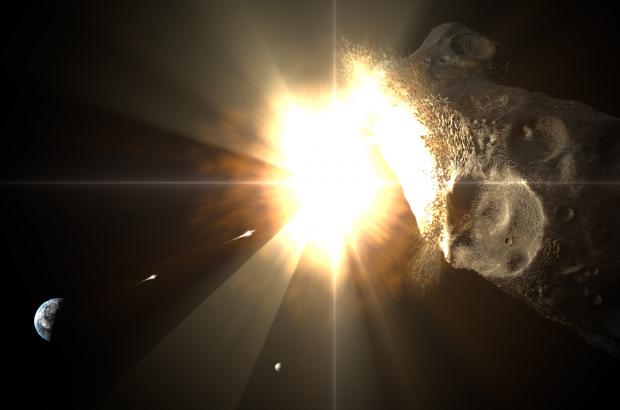
Breaking News
 $26M Frozen on Blockchain - With One Click
$26M Frozen on Blockchain - With One Click
 Italy are on national strike shutdown rejecting digital enslavement...
Italy are on national strike shutdown rejecting digital enslavement...
 The following U.S. states are currently using the rebranded "Reporty Homeland Security" so
The following U.S. states are currently using the rebranded "Reporty Homeland Security" so
 NATO Chief Urges Europe To Prepare For Long-Term World War With Russia, China, Iran & North Korea
NATO Chief Urges Europe To Prepare For Long-Term World War With Russia, China, Iran & North Korea
Top Tech News
 HUGE 32kWh LiFePO4 DIY Battery w/ 628Ah Cells! 90 Minute Build
HUGE 32kWh LiFePO4 DIY Battery w/ 628Ah Cells! 90 Minute Build
 What Has Bitcoin Become 17 Years After Satoshi Nakamoto Published The Whitepaper?
What Has Bitcoin Become 17 Years After Satoshi Nakamoto Published The Whitepaper?
 Japan just injected artificial blood into a human. No blood type needed. No refrigeration.
Japan just injected artificial blood into a human. No blood type needed. No refrigeration.
 The 6 Best LLM Tools To Run Models Locally
The 6 Best LLM Tools To Run Models Locally
 Testing My First Sodium-Ion Solar Battery
Testing My First Sodium-Ion Solar Battery
 A man once paralyzed from the waist down now stands on his own, not with machines or wires,...
A man once paralyzed from the waist down now stands on his own, not with machines or wires,...
 Review: Thumb-sized thermal camera turns your phone into a smart tool
Review: Thumb-sized thermal camera turns your phone into a smart tool
 Army To Bring Nuclear Microreactors To Its Bases By 2028
Army To Bring Nuclear Microreactors To Its Bases By 2028
 Nissan Says It's On Track For Solid-State Batteries That Double EV Range By 2028
Nissan Says It's On Track For Solid-State Batteries That Double EV Range By 2028
We May Need Fusion-Powered Rockets To Stop Comets From Destroying Earth

In 1994, Glen Wurden watched several huge pieces of Comet Shoemaker-Levy 9 crash into Jupiter, generating an explosion big enough to see from Earth. "Had they hit Earth, we would not be standing here today," said Wurden in a recent talk at MIT.
Wurden is a fusion researcher at the Los Alamos National Laboratory, and an amateur astronomer by night.
A large fragment of Comet Shoemaker-Levy 9 caused a bright explosion as it hit Jupiter in 1994. Such an impact on Earth would have been devastating.
Although the risk of a giant, civilization-ending space rock hitting Earth is very low, the threat is always there (just ask the dinosaurs). And according to Wurden, there may be only one way to stop it: fusion rockets. That kind of technology is decades away, but Wurden asserts that we urgently need to invest in making it real.

 Carbon based computers that run on iron
Carbon based computers that run on iron

